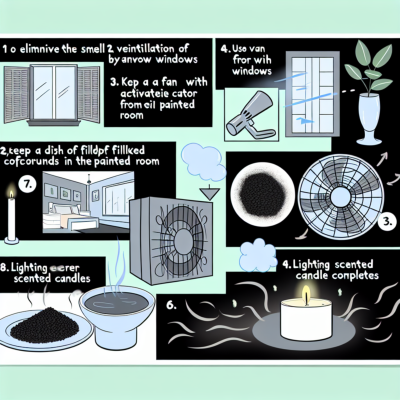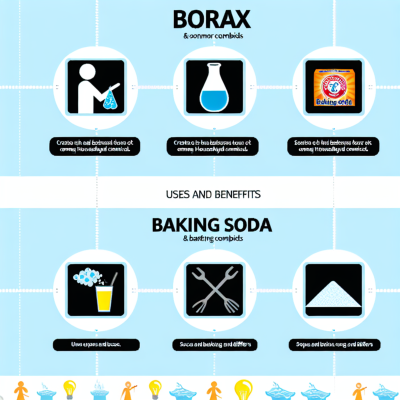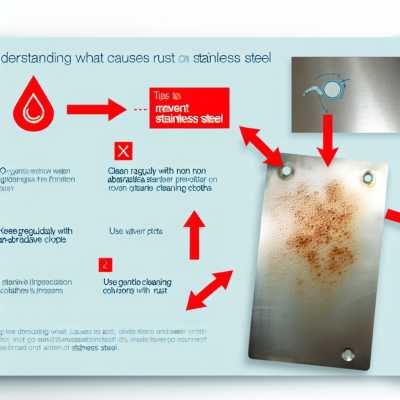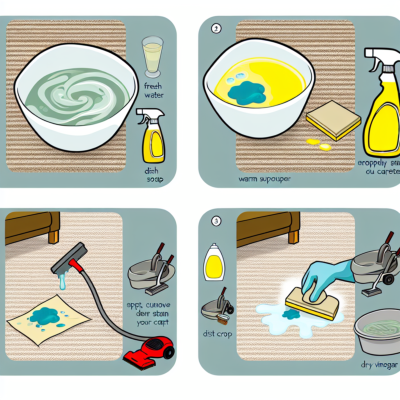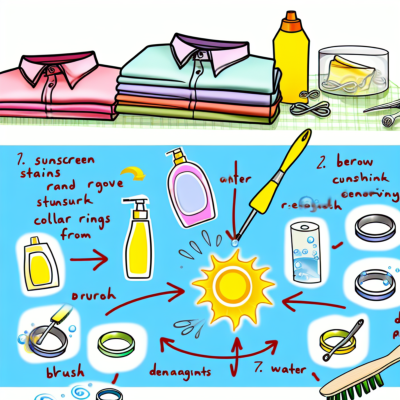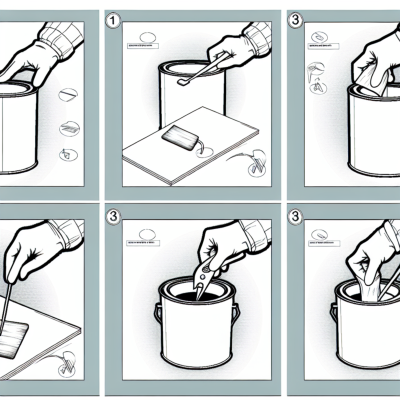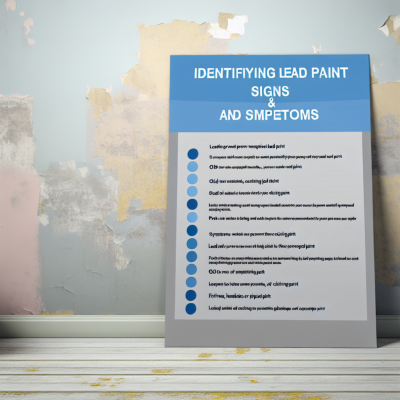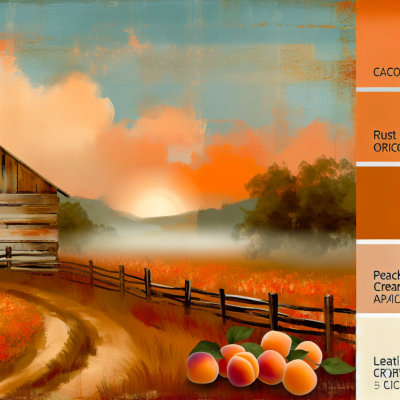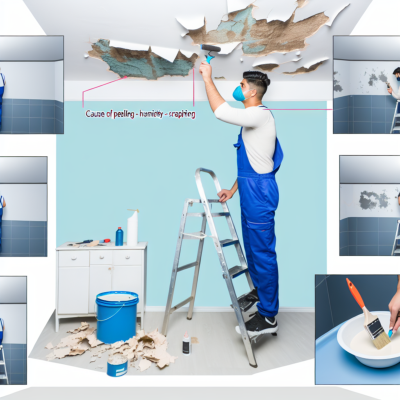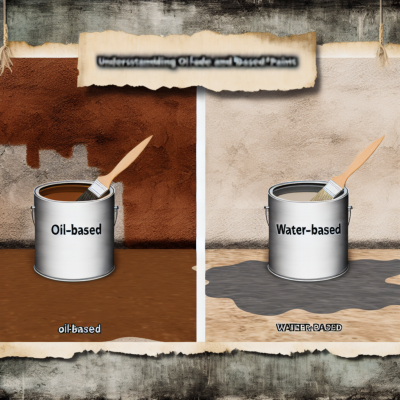If your laminate floors are looking worn or dated, painting them can provide an affordable makeover option to transform the look of your rooms. With the right paints and preparation techniques, you can paint laminate flooring to give it a fresh new color or faux finish without the need to replace the floors entirely. By using specialty paints designed for laminate surfaces and properly cleaning and sanding prior to painting , even well-worn laminate can be painted successfully. The finished painted laminate floors can provide a budget-friendly flooring update that looks great and withstands regular use. With some simple tools and techniques, painting laminate is an approachable DIY project for refreshing floors.
If you have laminate floors that are starting to show their age or just don't match your style anymore, don't despair - there's a simple and affordable solution. Instead of ripping out the old flooring and spending a fortune on new materials, you can transform your laminate floors with paint. Yes, that's right - paint! With a few easy steps and some creativity, you can give your laminate floors a fresh new look that will completely change the vibe of your space.
Before you start, it's important to choose the right type of paint for your laminate floors. Look for a high-quality floor paint that is specifically designed for use on laminate surfaces. These paints are formulated to adhere well to laminate and provide a durable finish that can withstand foot traffic and everyday wear and tear.
Once you have your paint, preparation is key. Start by thoroughly cleaning your floors to remove any dirt, dust, or grease. Next, lightly sand the surface to create a rougher texture that will help the paint adhere better. Make sure to remove any sanding residue before you start painting.
When it comes to painting your laminate floors, there are a few techniques you can try. One option is to use a roller or brush to apply a solid color to the entire floor. This can give your space a clean and modern look. Another option is to get creative with stencils and create patterns or designs on your floors. This can add a unique and personalized touch to your space.
After you've finished painting, it's important to let the paint fully cure before using the floors. Follow the manufacturer's instructions for drying and curing times. Once the paint is fully cured, you can apply a clear topcoat for added protection and durability.
Transforming your laminate floors with paint is a budget-friendly and fun way to update your space. Whether you choose a solid color or get creative with patterns, you'll be amazed at the transformation paint can make. So why wait? Grab your paintbrush and get ready to give your laminate floors a whole new lease on life!
Preparing Laminate Floors for Painting
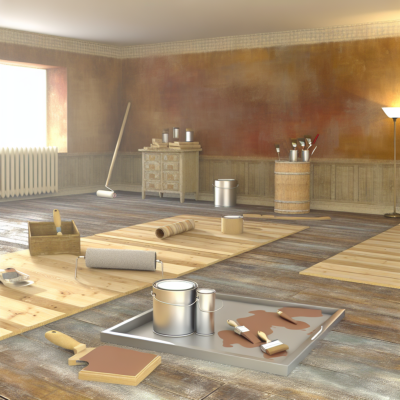
Before you can transform your laminate floors with paint, it's important to properly prepare them. Taking the time to do this step correctly will ensure that your painted floors look great and last for years to come. Here are a few steps to follow when preparing your laminate floors for painting:
1. Clean the floors: Start by thoroughly cleaning the laminate floors. Remove any dust, dirt, or debris using a vacuum cleaner or broom. Next, mop the floors with a mixture of warm water and a mild detergent. Make sure to remove any stubborn stains or grime.
2. Sand the floors: Use a fine-grit sandpaper to lightly sand the laminate floors. This will help roughen up the surface and allow the paint to adhere better. Be careful not to sand too aggressively, as this can damage the laminate. Once you have finished sanding, make sure to remove any dust or debris from the floors.
3. Apply a primer: Before you can paint the laminate floors, it's important to apply a primer. A primer will help the paint adhere to the surface and provide a smooth, even finish. Use a roller or brush to apply an even coat of primer to the floors. Allow the primer to dry completely before moving on to the next step.
4. Paint the floors: Once the primer has dried, it's time to paint the laminate floors. Choose a high-quality floor paint that is specifically designed for use on laminate surfaces. Use a roller or brush to apply an even coat of paint to the floors. Allow the first coat to dry completely before applying a second coat if necessary.
5. Apply a protective topcoat: To ensure that your painted laminate floors are durable and long-lasting, it's important to apply a protective topcoat. This will help protect the paint from scratches, stains, and everyday wear and tear. Choose a topcoat that is designed for use on painted floors and follow the manufacturer's instructions for application.
By following these steps and properly preparing your laminate floors, you can transform them with paint and create a fresh new look in your space. Remember to choose high-quality materials and take your time during the painting process for the best results.
Do you have to sand laminate floor before painting?
If you are looking to transform your laminate floors with paint, you may be wondering if sanding is necessary before painting. The answer depends on the condition of your laminate floors and the type of paint you plan to use.
In general, sanding is not required when painting laminate floors. Laminate floors have a smooth, non-porous surface that does not hold paint well. Sanding may not help the paint adhere better to the laminate surface. Instead, it is recommended to use a primer specifically designed for laminate surfaces.
However, if your laminate floors have deep scratches or imperfections, sanding can help smooth out the surface and improve the overall appearance of the painted floor. In this case, it is recommended to use a fine-grit sandpaper and sand the affected areas gently.
Before sanding, make sure to clean the laminate floors thoroughly to remove any dirt, dust, or debris. After sanding, wipe away any sanding residue and clean the floors again to ensure a smooth surface for painting.
Once the surface is prepared, apply a high-quality primer designed for laminate surfaces. This will help the paint adhere better and provide a more durable finish. After the primer is dry, you can proceed to paint the laminate floors with your chosen paint color.
how to paint a garage door
Remember to use a paint that is specifically formulated for floors to ensure maximum durability and longevity. Additionally, consider applying a clear topcoat or sealer to protect the painted surface from wear and tear.
In summary, while sanding is not always necessary before painting laminate floors, it can be beneficial in certain cases. Assess the condition of your floors and choose the appropriate preparation method to achieve the best results for your painted laminate floors.
Should I prime laminate before painting?
Yes, it is highly recommended to prime laminate floors before painting them. Priming the surface helps to create a better bond between the paint and the laminate, ensuring a longer-lasting and more durable finish.
When painting laminate floors, it is important to remember that laminate is a smooth and non-porous surface, which can make it difficult for paint to adhere properly. By applying a coat of primer, you can create a rougher surface that allows the paint to grip onto the laminate more effectively.
Priming also helps to prevent the paint from peeling or chipping over time. It acts as a barrier between the laminate and the paint, preventing moisture or other substances from seeping through and causing damage to the painted surface.
Additionally, using a primer can help to hide any imperfections or stains on the laminate, providing a smooth and uniform base for the paint. It can also help to seal any seams or joints in the laminate, reducing the risk of water damage or warping.
When choosing a primer for laminate floors, it is important to select one that is specifically designed for use on smooth surfaces. Look for a high-quality bonding primer that is compatible with both the laminate material and the type of paint you plan to use.
In summary, while it may add an extra step to the painting process, priming laminate floors is essential for achieving a professional and long-lasting finish. It helps to improve paint adhesion, prevent peeling or chipping, hide imperfections, and protect the laminate surface from damage. So, don't skip this important step if you want to transform your laminate floors with paint!
Choosing Suitable Paints and Techniques for Laminate

When it comes to transforming laminate floors with paint, choosing the right type of paint is crucial to ensure a successful and long-lasting result. Here are some factors to consider when selecting suitable paints and techniques for laminate:
- Type of paint: Look for paints specifically designed for use on laminate surfaces. These paints are formulated to adhere well to the smooth surface of laminate and provide good durability.
- Finish: Consider the finish you want for your laminate floors. Options include matte, satin, and glossy finishes. Matte finishes can help to hide imperfections, while glossy finishes can provide a sleek and modern look.
- Color: Choose a color that complements your overall design scheme and personal style. Keep in mind that lighter colors can make a room appear more spacious, while darker colors can add drama and sophistication.
- Preparation: Properly prepare the laminate floors before painting by cleaning them thoroughly and sanding lightly to create a rougher surface for the paint to adhere to. This will help ensure better adhesion and longevity of the paint.
- Application techniques: There are several techniques you can use to apply paint to laminate floors, including brush painting, roller painting, or spray painting. The technique you choose may depend on personal preference, the size of the project, and the type of paint being used.
- Protective topcoat: Consider applying a protective topcoat over the painted laminate floors to enhance durability and protect the paint from wear and tear. This can help extend the life of your painted laminate floors.
By considering these factors and choosing suitable paints and techniques for laminate, you can successfully transform your laminate floors and give them a fresh, new look.
What paint stays on laminate?
When it comes to painting laminate floors, it is important to choose the right type of paint that will adhere properly and withstand daily wear and tear. Here are some options for paint that stays on laminate:
| Paint Type | Description |
|---|---|
| Latex Paint | Latex paint is a popular choice for painting laminate floors. It is durable, easy to clean, and comes in a wide range of colors. However, it is important to properly prepare the surface and use a primer designed for laminate before applying latex paint. |
| Epoxy Paint | Epoxy paint is known for its durability and resistance to stains, scratches, and moisture. It is an excellent choice for high-traffic areas and can provide a glossy finish. However, it requires careful application and proper ventilation due to its strong fumes. |
| Chalk Paint | Chalk paint is a popular choice for giving laminate floors a vintage or distressed look. It can adhere well to laminate surfaces and does not require a primer. However, it may not be as durable as other types of paint and may require a protective topcoat. |
Before painting your laminate floors, it is important to clean and sand the surface to ensure proper adhesion. Additionally, using a primer specifically formulated for laminate can help the paint adhere better and last longer. Remember to follow the manufacturer's instructions for the paint and any additional products you use.
By choosing the right paint and properly preparing the surface, you can transform your laminate floors and give them a fresh new look that will last for years to come.
Does acrylic paint stick to laminate?
Many people wonder if they can paint laminate floors using acrylic paint. The answer is yes, acrylic paint can stick to laminate surfaces when properly prepared and sealed.
Before painting laminate floors with acrylic paint, it is essential to clean the surface thoroughly. Remove any dirt, dust, or debris by sweeping or vacuuming the floor. Then, wipe the floor with a damp cloth to ensure it is free from any residue.
After cleaning, it is important to prime the laminate floors to help the paint adhere better. Use a bonding primer specifically designed for laminate surfaces. Apply the primer evenly using a brush or roller and allow it to dry completely according to the manufacturer's instructions.
Once the primer has dried, it is time to apply the acrylic paint. Use a high-quality acrylic paint that is suitable for floors. Apply the paint in thin, even coats, allowing each coat to dry before applying the next. Multiple coats may be necessary to achieve the desired color and coverage.
baking soda and vinegar cleaning
After the paint has dried completely, it is crucial to seal the painted laminate floors to protect them from scratches and wear. Use a clear, water-based polyurethane sealant to seal the painted surface. Apply the sealant in thin coats, allowing each coat to dry before applying the next.
It is important to note that while acrylic paint can stick to laminate surfaces, it may not be as durable as other flooring options. It is recommended to use rugs or mats in high-traffic areas and avoid dragging furniture or heavy objects across the painted laminate floors.
By properly preparing, priming, painting, and sealing laminate floors with acrylic paint, it is possible to transform the look of your floors and give them a fresh, updated appearance.
Maintenance and Care for Painted Laminate Flooring
Once you have transformed your laminate floors with a fresh coat of paint, it is important to properly maintain and care for them to ensure their longevity and beauty. Here are some tips to keep your painted laminate flooring looking its best:
1. Regular Cleaning: Sweep or vacuum your floors regularly to remove any dirt, dust, or debris that can scratch the surface. Avoid using abrasive cleaners or tools that can damage the paint.
2. Gentle Mopping: When necessary, use a damp mop with a mild detergent to clean the floors. Avoid excessive water as it can seep into the seams and cause damage. Dry the floors thoroughly after mopping.
3. Stain Prevention: Wipe up any spills immediately to prevent stains from setting into the paint. Use a soft cloth or sponge and a gentle cleaning solution to spot clean any stubborn stains.
4. Furniture Protection: Place protective felt pads or furniture coasters under the legs of your furniture to prevent scratches and dents on the painted laminate flooring.
how to get water out of iphone
5. Avoid Sharp Objects: Be cautious when moving heavy furniture or using sharp objects on the floors. They can easily scratch or chip the paint.
6. Avoid Excessive Sunlight: Prolonged exposure to direct sunlight can cause the paint to fade or discolor. Use curtains or blinds to protect your painted laminate flooring from excessive UV rays.
7. Touch-ups: Over time, the painted laminate flooring may show signs of wear and tear. Keep some extra paint for touch-ups and fix any chips or scratches as soon as they appear.
By following these maintenance and care tips, you can enjoy the beauty of your painted laminate flooring for years to come.
Is it a good idea to paint laminate flooring?
Painting laminate flooring can be a creative and cost-effective way to transform the look of your space. However, it is important to consider a few factors before deciding if it is the right choice for your floors.
One of the main advantages of painting laminate flooring is that it allows you to customize the appearance of your floors to match your personal style and decor. Whether you want to add a pop of color or create a faux wood finish, paint can help you achieve the desired look.
Another benefit of painting laminate flooring is that it can help to refresh worn or outdated floors. If your laminate floors are showing signs of wear and tear, painting them can give them a new lease on life and make them look brand new again.
However, it is important to note that there are some downsides to painting laminate flooring. Laminate floors are not designed to be painted, so the paint may not adhere well and could peel or chip over time. Additionally, painting laminate flooring may void any warranties that came with the flooring.
If you do decide to paint your laminate flooring, it is important to properly prepare the surface by cleaning it thoroughly and sanding it lightly to create a better bond for the paint. You should also use a high-quality primer and paint that is specifically designed for use on laminate surfaces.
In conclusion, painting laminate flooring can be a good idea if you are looking to update the look of your floors and are willing to take the necessary precautions. However, it is important to weigh the potential risks and consider the long-term durability of the painted surface before making a decision.
What should you not clean laminate floors with?
While laminate floors are generally durable and easy to clean, there are several products that should not be used when cleaning them. These products can cause damage to the surface of the laminate and reduce its lifespan. Here are some things to avoid:
- Avoid using abrasive cleaners or scrub brushes on laminate floors. These can scratch the surface and make it more susceptible to dirt and stains.
- Do not use bleach or ammonia-based cleaners. These can discolor the laminate and cause it to fade over time.
- Avoid using steam mops or excessive water when cleaning laminate floors. Excess moisture can seep into the seams and cause the laminate to warp or swell.
- Avoid using wax or polish on laminate floors. These products can leave a sticky residue and make the floor slippery.
- Do not use vinegar or acidic cleaners on laminate floors. The acidity can damage the protective layer of the laminate and make it more prone to scratches.
It is best to stick to mild, non-abrasive cleaners specifically formulated for laminate floors. These cleaners are gentle enough to remove dirt and grime without causing any damage. Additionally, regular sweeping and dry mopping can help prevent dirt and debris from scratching the surface of the laminate.
In summary, painting laminate floors can provide a simple and affordable way to give tired floors a fresh new look. With the right preparation like cleaning and light sanding, using specialty paints designed for laminate , and properly sealing the finished surface, even well-worn laminate can be revived with paint. The transformed painted laminate offers a budget-friendly alternative to replacing floors entirely. Though the painted surface requires care to maximize durability, the end results can provide a stylish update. So if your current laminate flooring has seen better days , don't replace it - paint it instead for vibrant, affordable flooring transformation .
Read more:
- How to paint aluminium
- open a can without a can opener
- mdf paint
- how to get slime out of clothes
- how to get rid of paint smell
- how to get water out of iphone
- pinata ideas
- how to get sunscreen out of fabric
- things to do in summer
- washing soda vs baking soda
- paint peeling in bathroom
- paint for upvc doors
- mould resistant paint
- painting after removing wallpaper
- things to do as a couple
- sandpaper grades
- baking soda and vinegar cleaning
- how to hack key fob doors apartment
- how to paint a garage door
- oil based paint for walls
- what is emulsion paint
- how to clean gloss paint brushes
- laundry detergent substitute
- how to antique a mirror
- how to get a bird out of your house
- how to remove rust from stainless steel
- how many fixer upper families still live in their homes
- apple tablet with pen
- how to clean white fabric shoe
- painting pine furniture
- how to test for lead paint
- top selling vintage items on etsy
- best places to live in texas
- The Magnificent Waco Castle
- how to balance a ceiling fan

